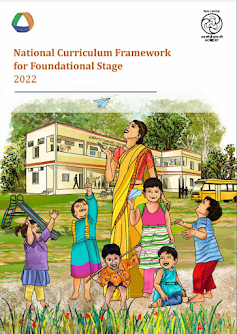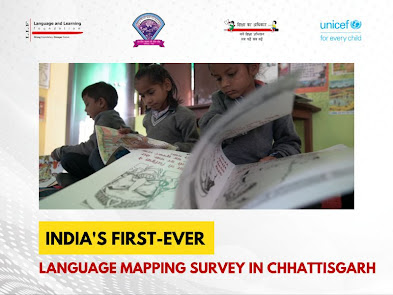The ‘Language Ladders’ approach is making multilingual education concrete

We often hear that multilingual education sounds good in theory but is hard in practice. The Citizens Foundation came up with a concept that can help in the design of a good program: The Language Ladder approach. As this approach places comprehension at the centre of learning, it is worth taking note of. The beautiful materials help to get the message across. It was nice to even see a graphic of the drawing colleague Dennis Malone made of pupils falling off the bridge that is supposed to bridge the gap between home and school. The concept of ‘Language Ladders’ was researched for six years before the report was written: ‘Language ladders’ show promise for introducing multilingual instruction in classrooms . Just like in India, the researched country has policies advocating for the use of the home language in education; however, the practical implementation of these policies is lacking. Students are unable to ‘comprehend’ the lessons taught in an unfamiliar language and end up...

